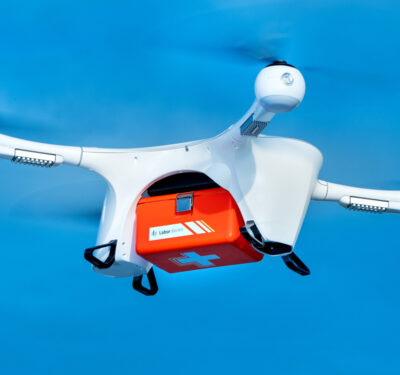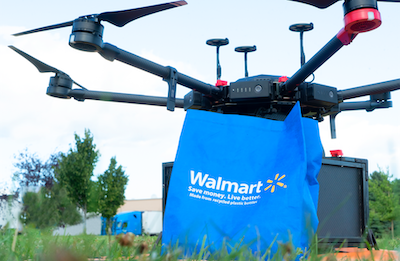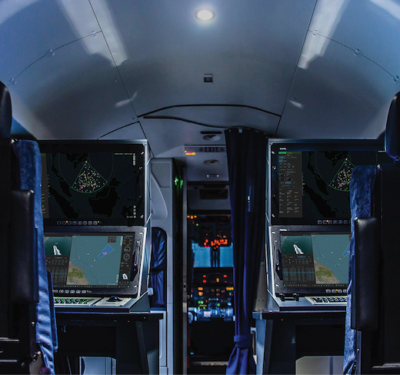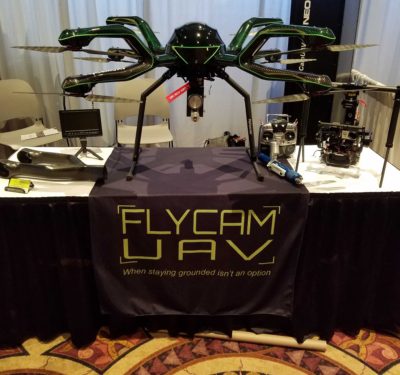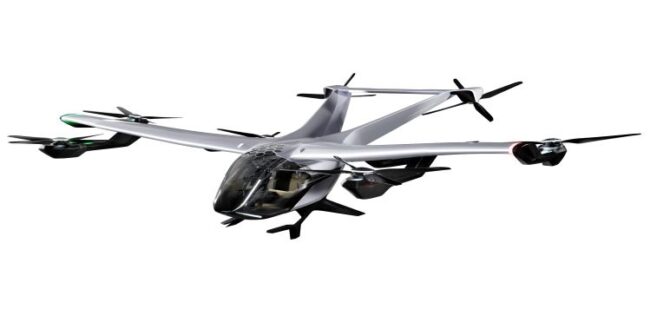
Supported by the Free State of Bavaria and the Federal Republic of Germany, the Air Mobility Initiative (AMI), headed by Airbus’ Andreas Thellmann, is working to making air transport within and between cities a reality. Speaking recently in Munich, Thellmann said, “Our objective is to fly passengers in a safe and emission-free aircraft from Munich Airport to the Ingolstadt area, about 65 km away.”
While aloft, the aircraft will use Europe’s new and improved unmanned traffic management services, i.e. U-Space. It will then land automatically at a connected vertiport.
The initiative comprises three main research modules. “First, there is the aircraft itself,” Thellmann said. “We are using the CityAirbus NextGen, our new flagship eVTOL [electric vertical take-off and landing] vehicle, which essentially unites the strengths of our two previous eVTOL configurations. There have been a number of new technologies required for this, specifically for the electrification of the propulsion system, as well as the capacity for highly automated operation, up to fully autonomous flight movements, EASA Level 3. And there are also certification aspects of eVTOL that we have been developing together with stakeholders.”
More to it
The second module concerns the airside infrastructure, the U-Space element. “Today’s airspace is segregated,” said Thellmann. “U-space will integrate it, overseeing and controlling all sorts of aircraft, smaller and larger ones, for passengers and goods. It’s a new philosophy, and it’s a big, big topic this year [2023] in Europe. U-Space is an essential building block for the certification of eVTOL in the corresponding airspace. We can see it just starting to be implemented in national laws, but there’s a long way to go. Germany got underway with U-Space on the first of January with the Federal Transport Ministry.”
The third key module for Airbus AMI is the ground infrastructure, the so-called vertiports. “The start-up of air mobility in urban and regional areas requires detailed investigations of this aspect,” Thellmann said. “You are going to need enough landing sites. The vertiports will have to be integrated into existing airports, like Munich airport, and also into city environments. But this is more complicated than it seems. To know how to integrate these vertiports in cities, you have to understand the traffic flows. You have to understand how the city is laid out. There are cities like Paris with dense centers and there are others cities with multiple centers. There are questions of geography to understand. All these vertiports will need to be constructed and certified, so we need to involve EASA and other national safety agencies.”
The complete AMI solution, including the CityAirbus NextGen, U-Space services and the connected vertiport will be tested under realistic conditions at the expanded Airbus Drone Innovation Center in Manching. AMI brings together 30 partners working on 10 distinct sub-projects. “We’ve said we want to do this within ten years, and the project started last year [2022],” said Thellmann, “so our target is 2032.” For now, the initiative is funded through 2025, to the tune of 125 million Euros.


